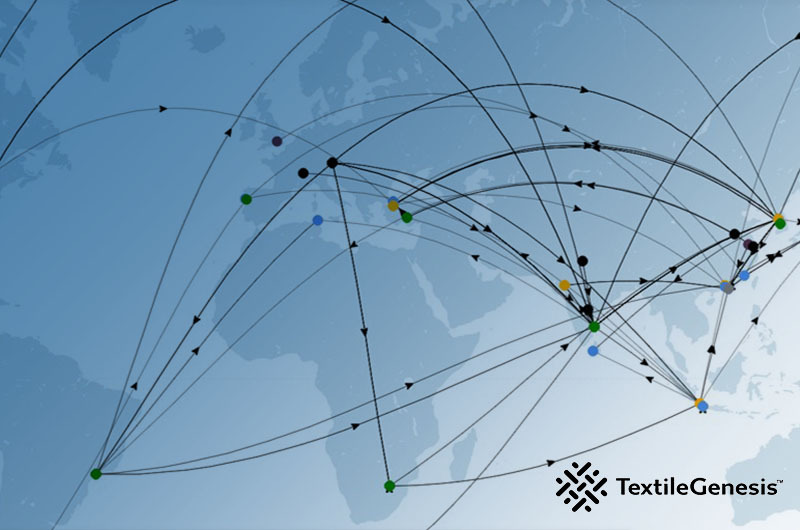A happy consumer is a return consumer. How do you assure your product looks the same month-to-month and store-to-store?
THE CONSUMER PROBLEM
She has a favorite brand and favorite classic style that she has come to love and rely on as her trusted companion. Sadly, she has maximized its lifespan and it is time to replace this style that has given her such great comfort and satisfaction for so many years.
She begins the search for its replacement, thinking it should be easy. She decides to try an online purchase first. She received her order, but something doesn’t seem right. She understood it to be the same style description, same brand, and similar color name, but it arrived, and it was not the same. She can’t immediately figure out why.
She thinks hard about where she might have shopped when she bought the original. She heads back to the store to find a table stacked high with what looks like a similar item, but something still doesn’t seem right. What happened to her old favorite? It feels different. It is shaped different. It has a few modifications that she views as adding no value.
She looks at the label on the style and sees that the same product is produced from multiple countries of origins. She spends time wondering if one country’s quality is better than another. She begins to create her theories on why one country’s quality is different than the other, theorizing that the country origin label provides the clue to solving this mystery.
Why she wonders, does a brand need to buy items from so many different locations? Why, she wonders, do her favorite brands have to complicate matters? She expects her favorite brand to continue as her favorite brand because they created her original favorite. They understood her needs previously. How can they let her down like this? All she cares about is finding another perfect match to what she loves.
She starts to pay attention to the news and thinks about the uncertainty in so many of the countries that now make her favorite style. She reads things like retaliatory tariffs in one country, civil unrest in others, horrid weather patterns and work conditions in another.
She begins to wonder how her favorite brand is navigating this crazy world to keep a supply of her favorite style in the stores.
She wonders why they can’t clone her favorite style and continue making it exclusively for her. Why in this age of technology can’t this happen?
She is determined to find answers!
She is not ready to give up. She mentions her problem in a conversation with friends. Her friends share similar stories and begin to help her find more clues as to why.
Quickly they learn that the country of origin on the label infers merely the country where the style was assembled. It has nothing to do with where the raw materials are from.
She learns that specifications are given for her favorite style and that each country is given the same specifications.
Why she continues to wonder, are they not more alike?
She thinks about the recipe for her favorite meal, and it dawns on her. She can follow a recipe exactly, but the quality of ingredients can drastically affect the final taste of her food.
She wonders where the ingredients come from for her favorite style. There is nowhere to find out. She writes to the brand’s customer service, and they say they cannot help. That information is not available. How can this information not be available?
She reads the label on her favorite style once again, and sees it is one ingredient: 100% cotton. Why is this so complex? Isn’t all cotton the same?
THE WISE BRAND’S SOLUTION
If she asked the sourcing people at a wise brand, she’d find out that “the secret is simple.”
Wise brands focus on the lowest common denominator that contributes the most to the product’s overall outlook and standardize it and assure it is traceable.
The best brands take great care in knowing the origin and quality of all their raw materials. They realize that not all manufacturing is equal. They also realize that even though this is 100% cotton, that global farming practices are not the same.
The fabric is approximately 60-70% of the value of the style itself. It is the best place to invest their time and energy in standardizing their product. It has the highest impact on assuring consistency. Reducing the variability in this area drastically minimizes the variances in the final product.
The best partner for product consistency is a large vertically integrated supplier that spins, knits, dyes and finishes your fabric and can ship globally. They will have internal metrics for consistency that are replicable and maintained, including the origin of their inputs.
Many specify the use of U.S. cotton in their products. They feel that U.S.-grown cotton is grown to the highest standards in the world using precision farming. The USDA also has the most advanced classification system of the quality of cotton fiber that is grown farm by farm. It’s a system that they can trust.
Starting with U.S. cotton and creating fabrics with a vertically integrated partner that will spin, knit and dye the fabric using the same machines and manufacturing inputs allows wise brands to ship their fabric to various countries for assembly. This level of control provides the best assurance that the product that is piled high at the consumer’s favorite store, with multiple countries of origin, will look, feel, and last just like her old favorite.
The story told above is based on actual experience.




